In part two of my Homebrewing Costs series I take a closer look at all my homebrew purchase expenses for 2022. I have been homebrewing for nearly 30 years, so I have all the equipment needed. When I looked back at my total expenses, I was a little but surprised how much I spent.

Can you brew beer at home to save money? How much does homebrewing actually cost? I thought it would be interesting to capture my homebrew related expenses in 2022. In this article I look at my approach and the steps that I took to track my annual homebrew expenses for 2022.
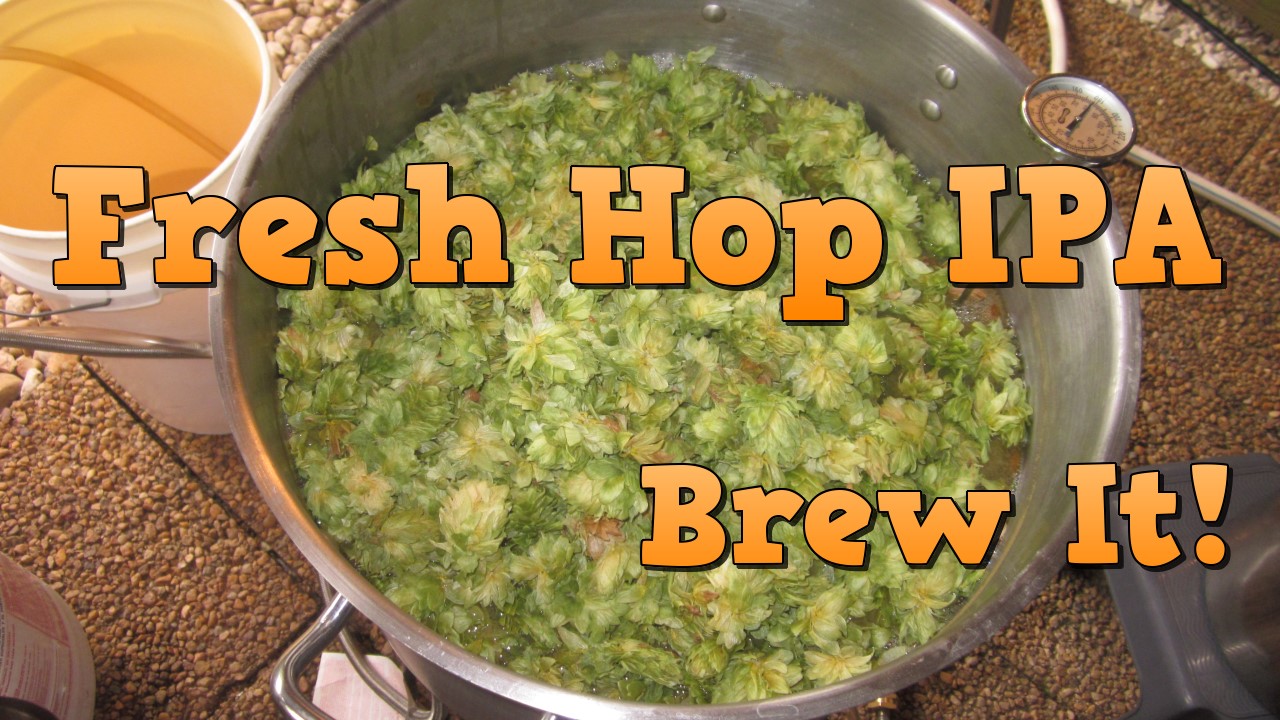
I was able to get a decent harvest off my 2nd year Chinook hop plants. I decided to throw the entire harvest at a Fresh Hop IPA! In this video I talk a little about growing and drying fresh hops, provide an overview of my brew day and recipe, and evaluate the finished beer. I am curious how my fresh grown Chinook will compare to commercially grown Chinook.
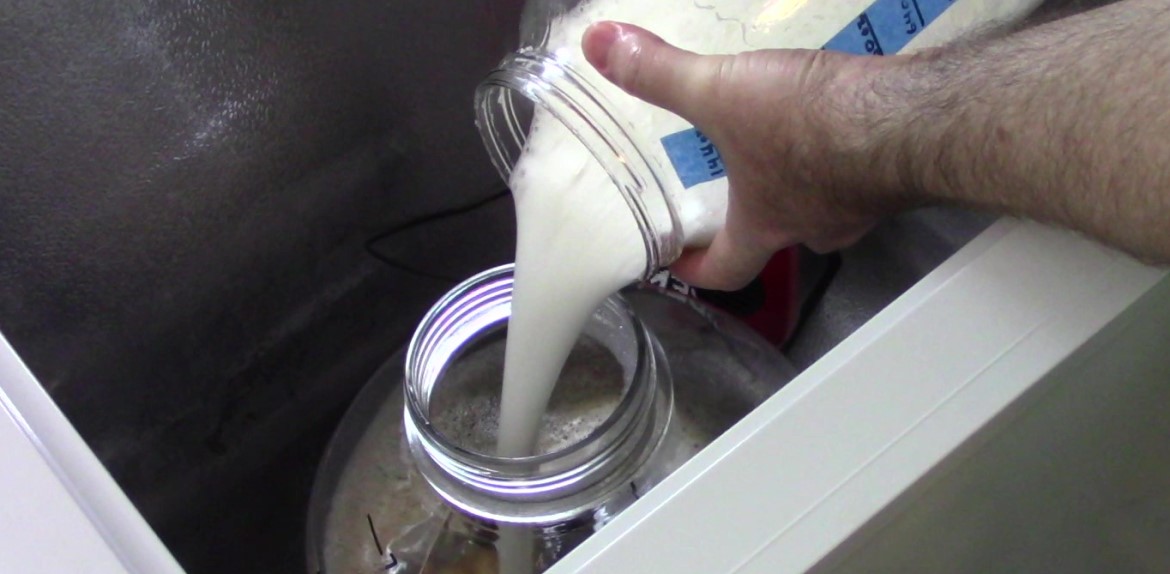
In this article I try to answer some questions about yeast starters. Is yeast health important? What types of yeast starters are there? When should I use a yeast starter? When can I direct pitch yeast?
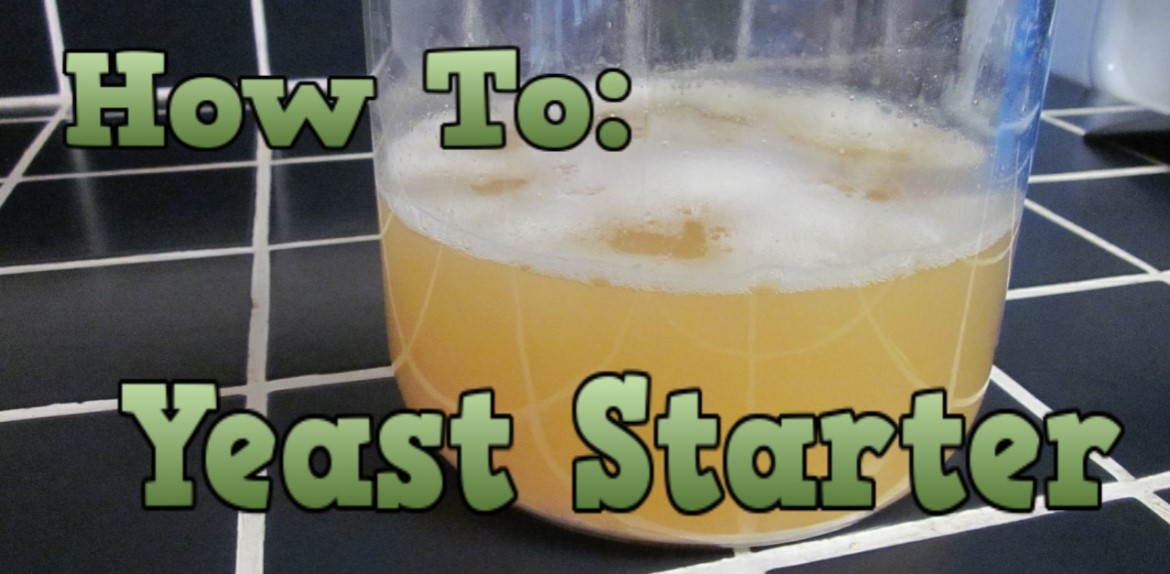
I walk through making a “Shaken, not Stirred” yeast starter (Vitality Starter) using one pack of White Labs WLP013 yeast. I must have done something correct since this batch won a gold medal in the 2021 Dominion Cup! This is a simple process and is made without a stir plate.
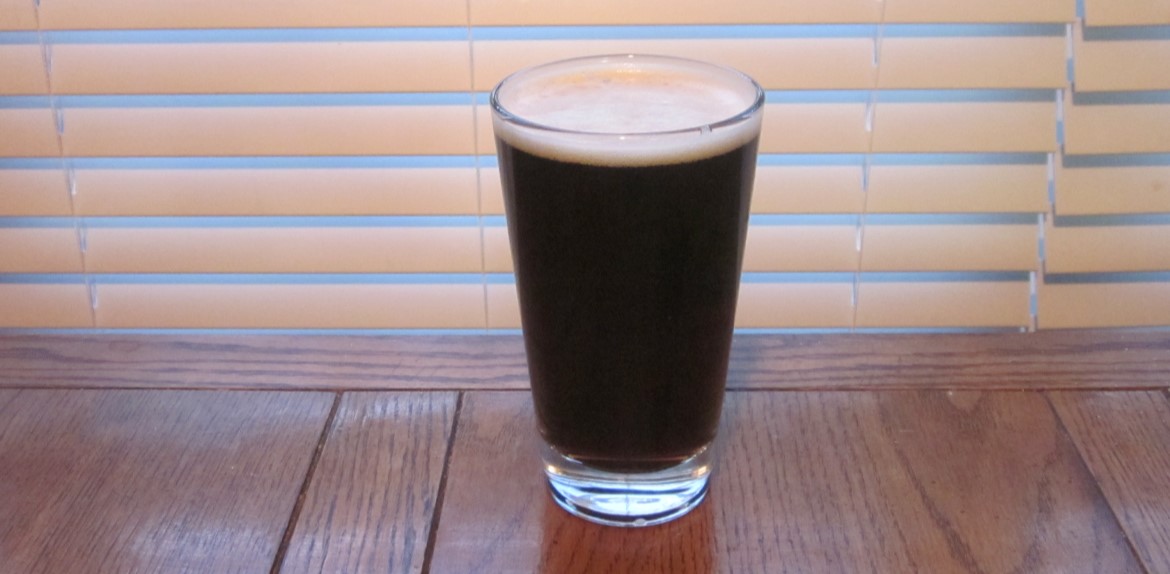
I brew and evaluate my house English Porter in preparation for the August 2021 Dominion Cup competition. Learn about the background of my house recipe and my current thoughts.
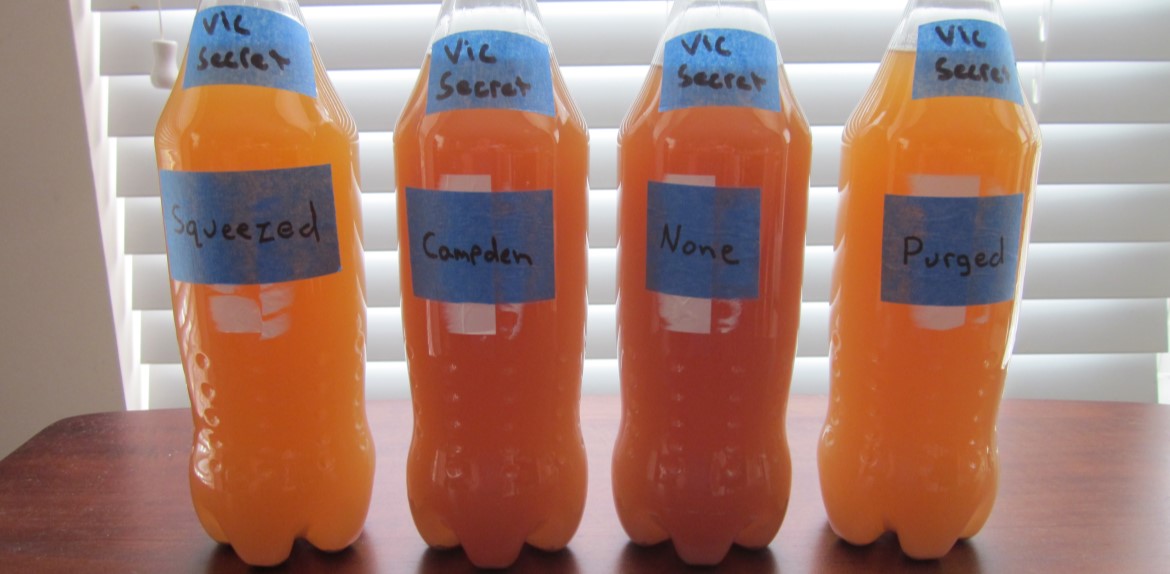
I have tried a few strategies to avoid bottling oxidation when packaging hoppy beers. Read along to find what I have found so far and help me rid the world of purple oxidized hazies!

I put my split yeast investigative brewing process to the test to evaluate two dry yeasts. Read along for my yeast Evaluation of US-05 vs S-33 in an American Pale Ale made with Murphy & Rude malts and Amarillo hops.
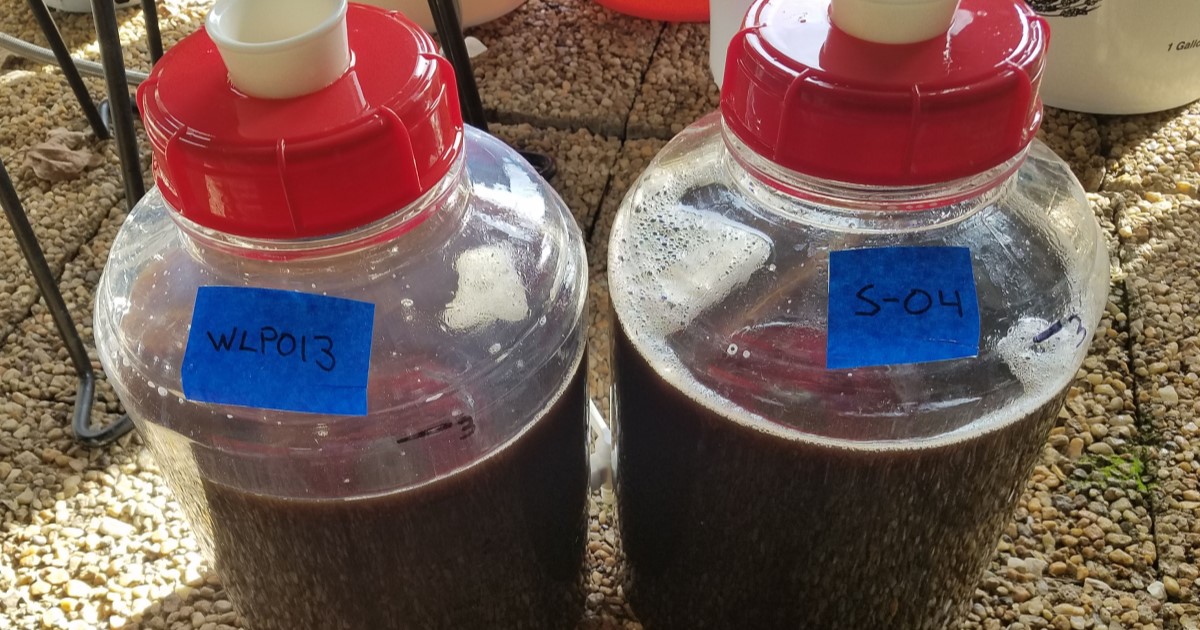
Evaluating yeasts by splitting one batch into two (or more) fermenters and pitching different yeasts is about the easiest, and most educational investigative batch approaches. In this introduction article I discuss the process and equipment needed.
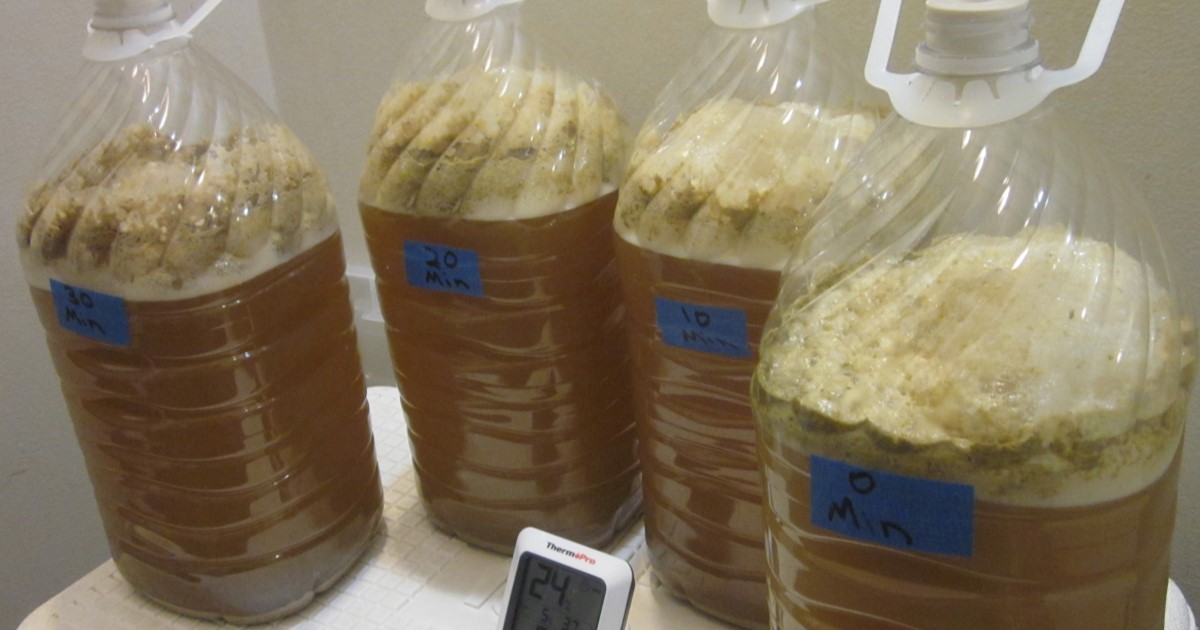
When should I add hops for taste and aroma? The advice these days advocates for whirlpool/steep and dry hop additions. Don’t late boil hops also add hop tastes and aromas? I brew 4 investigative batches to evaluate the impact of Mosaic hop addition timing, with additions at 30, 20, 10 and 0 minutes.

